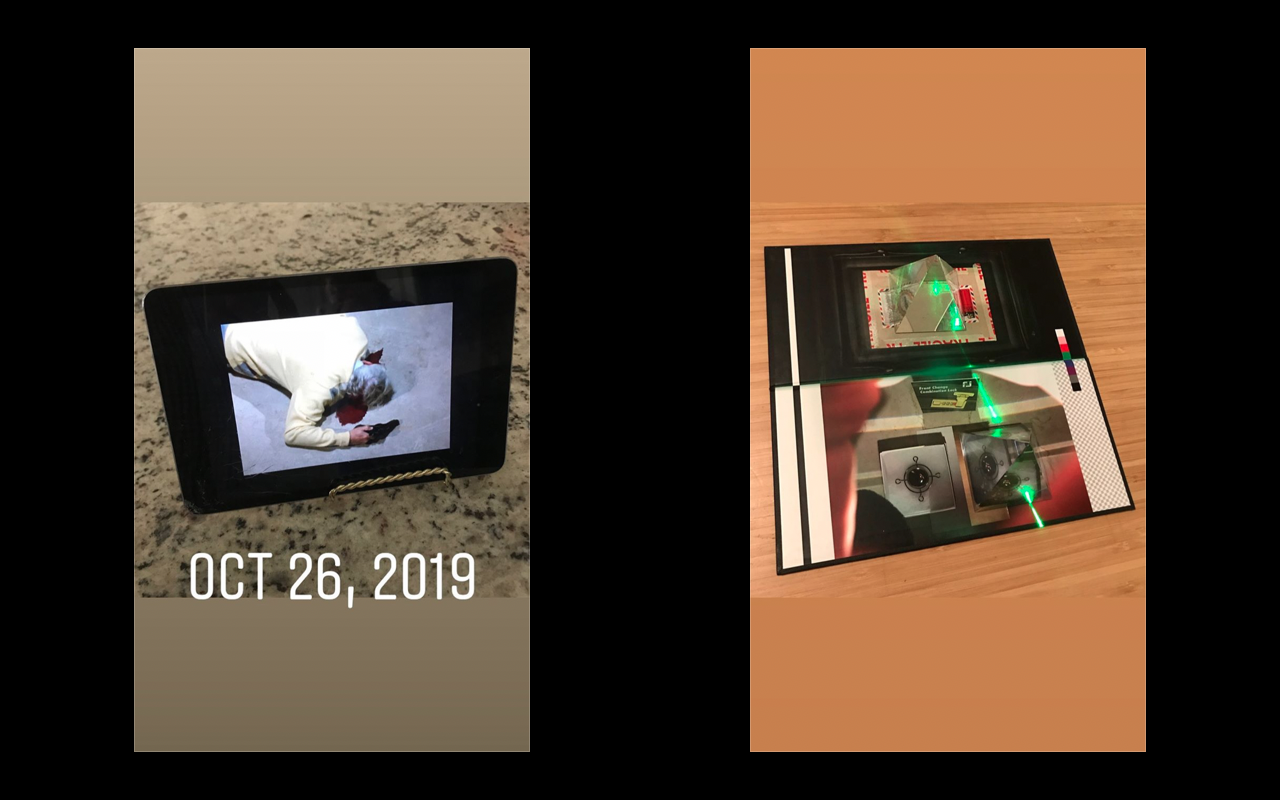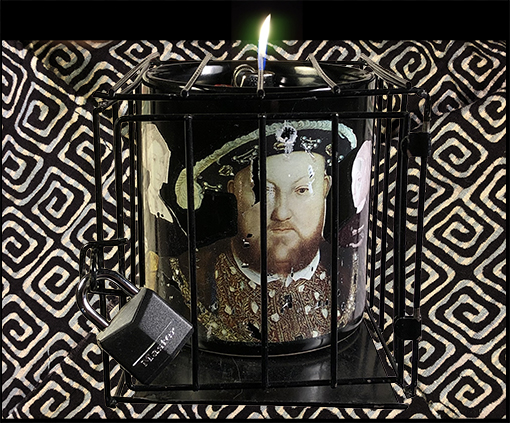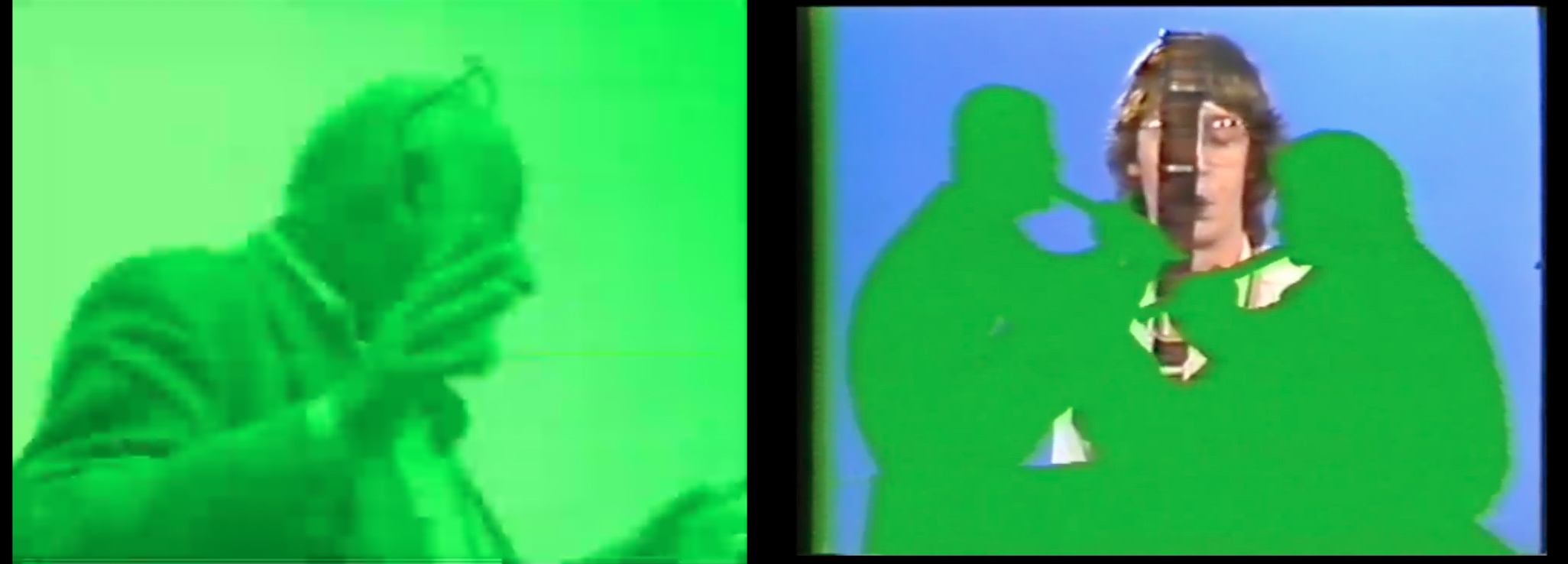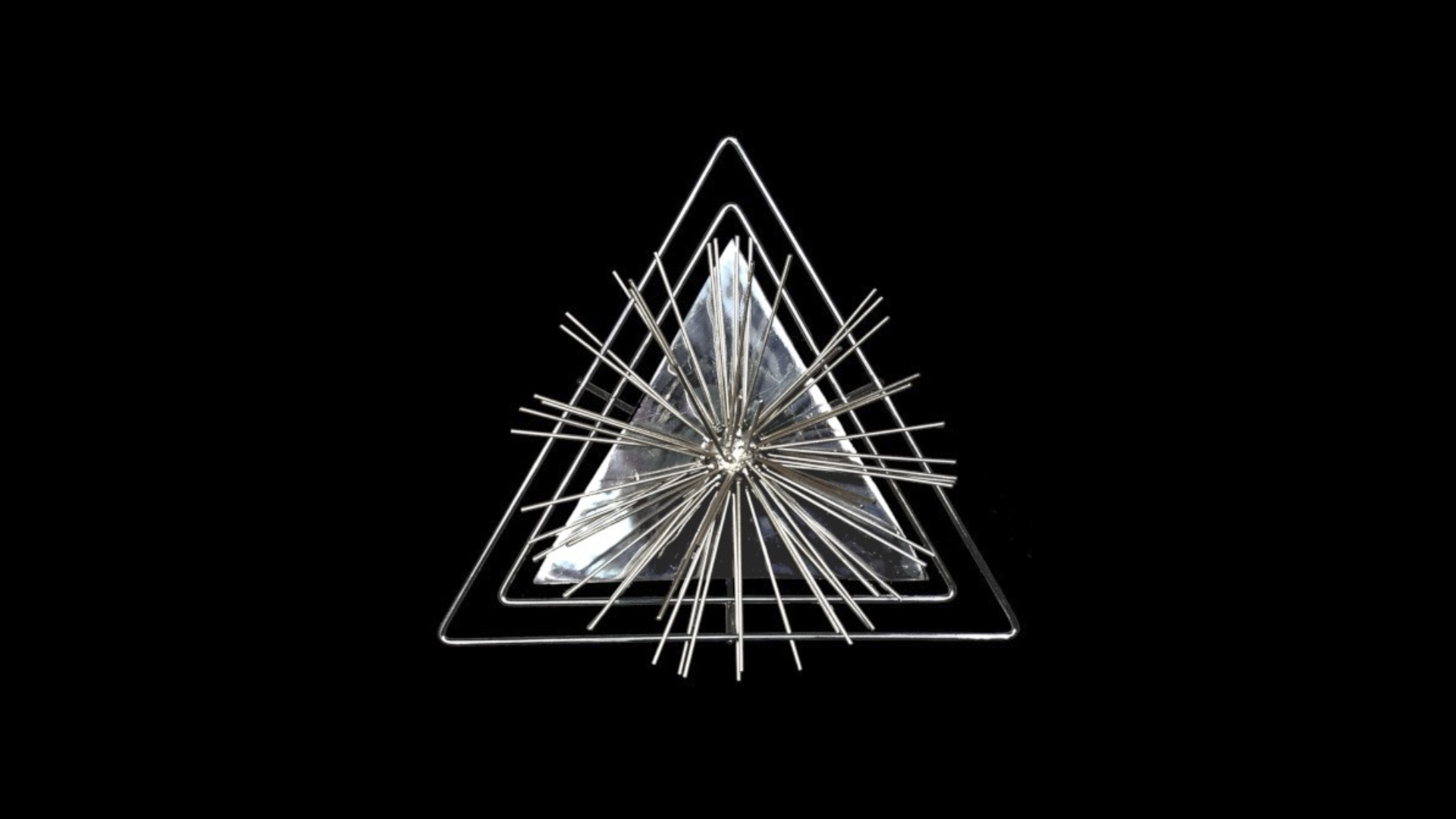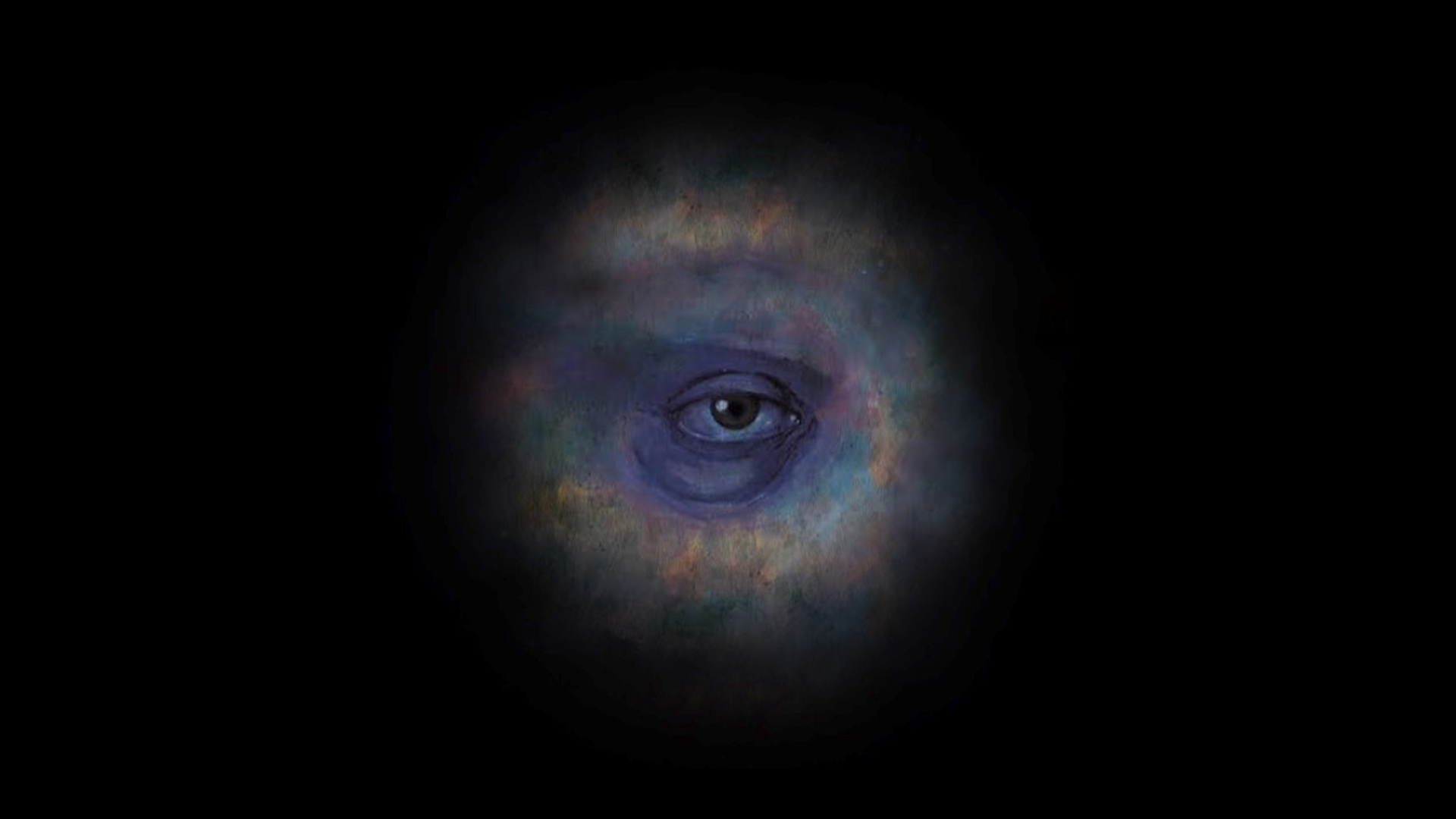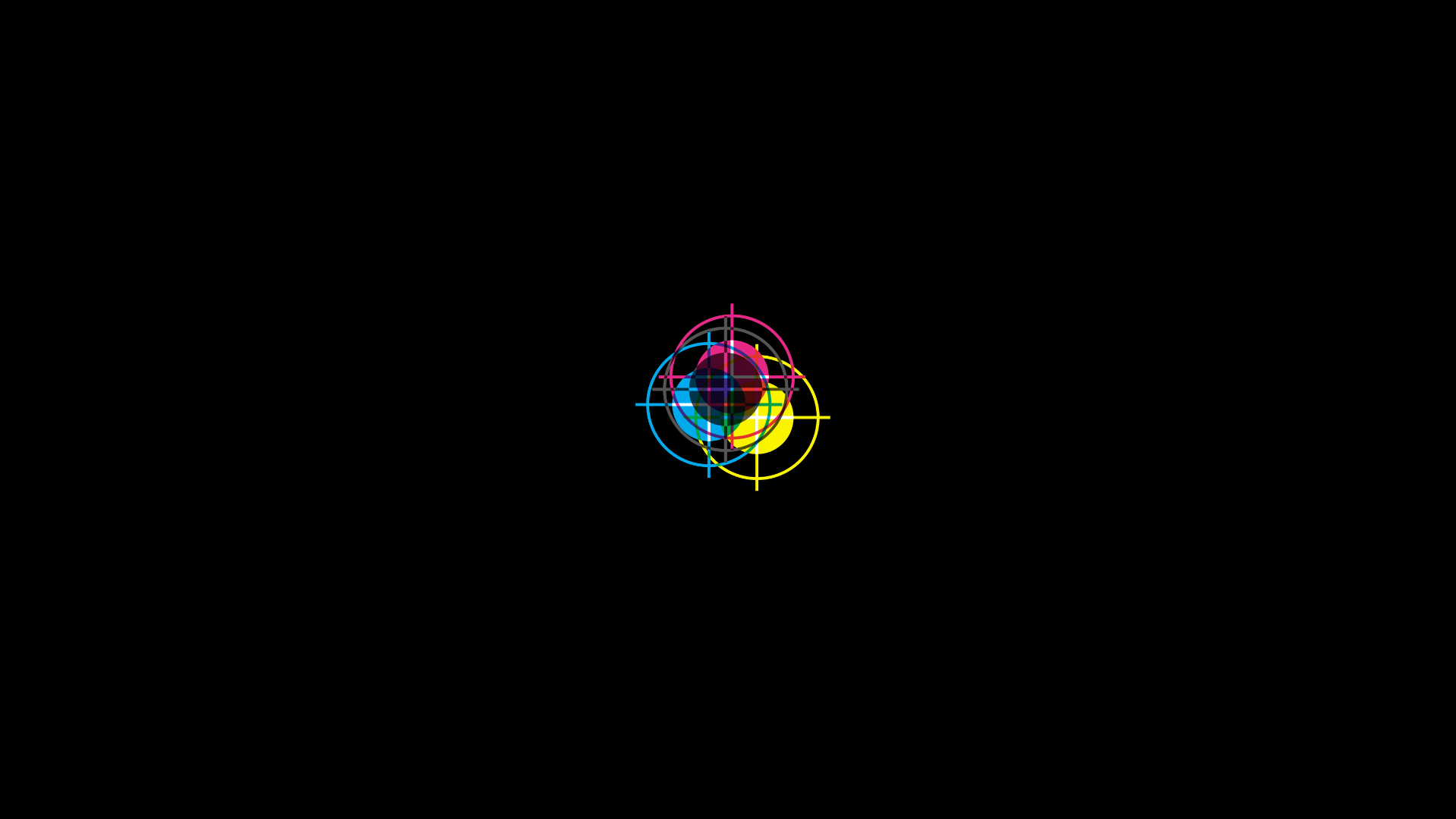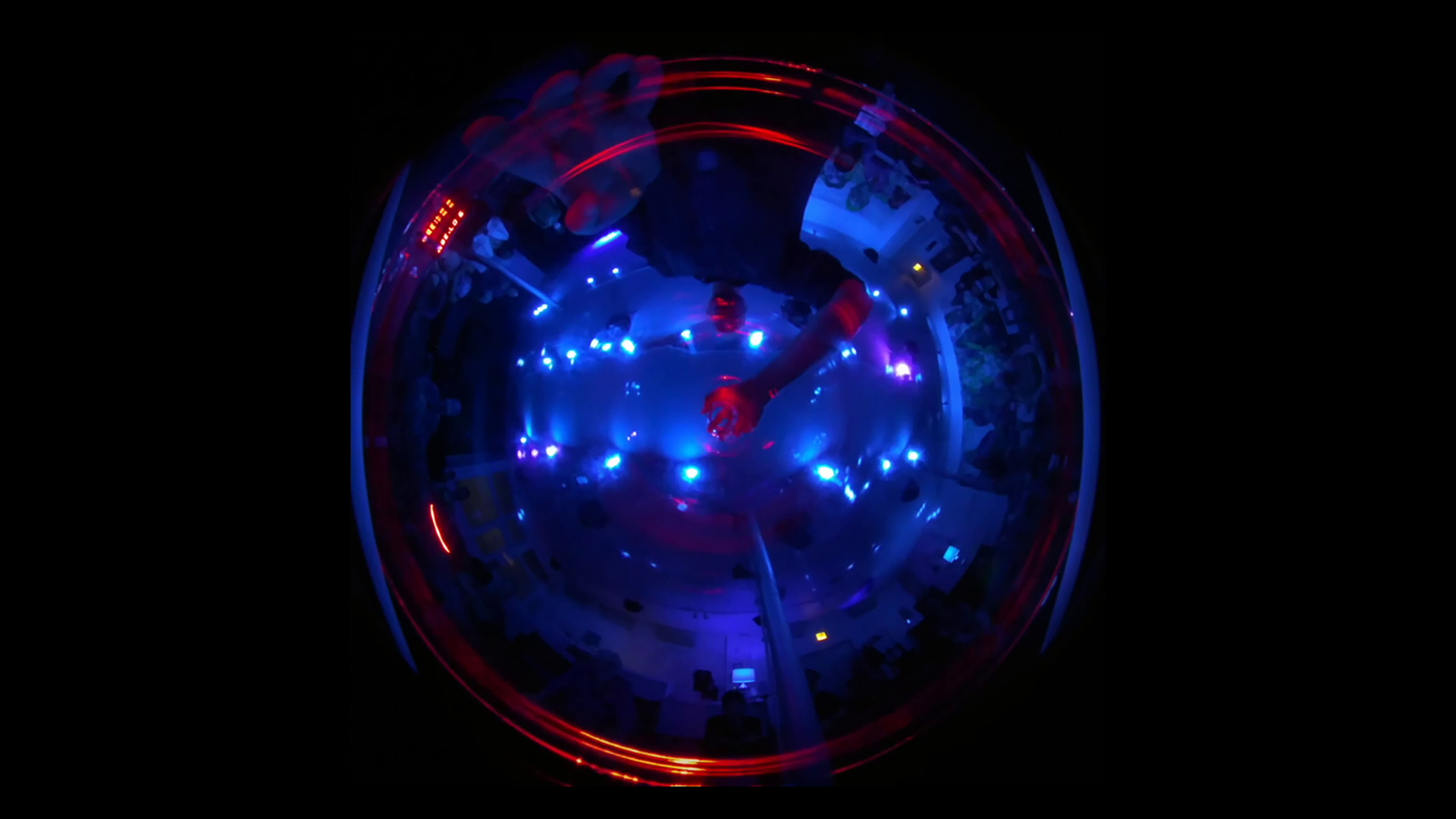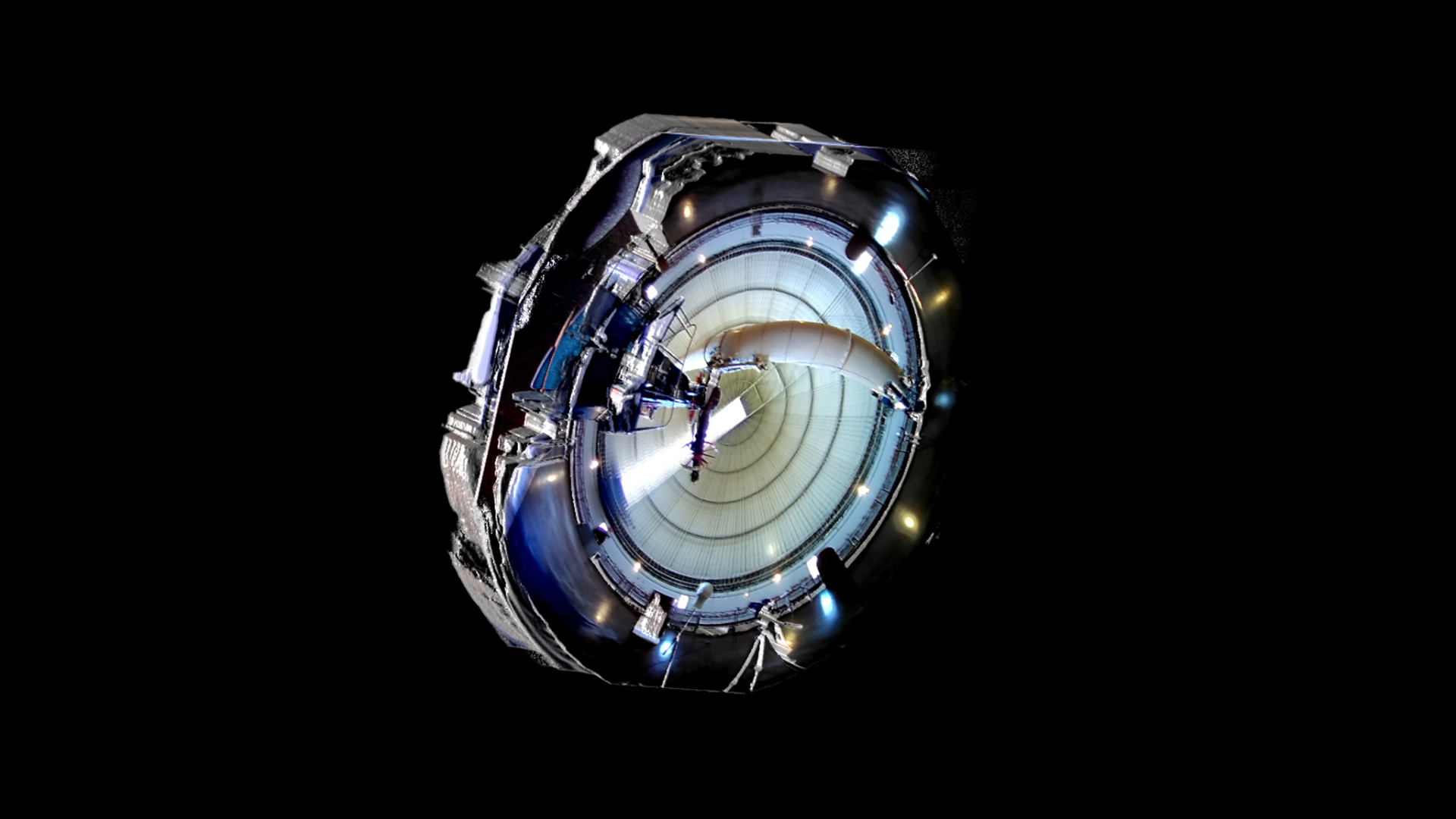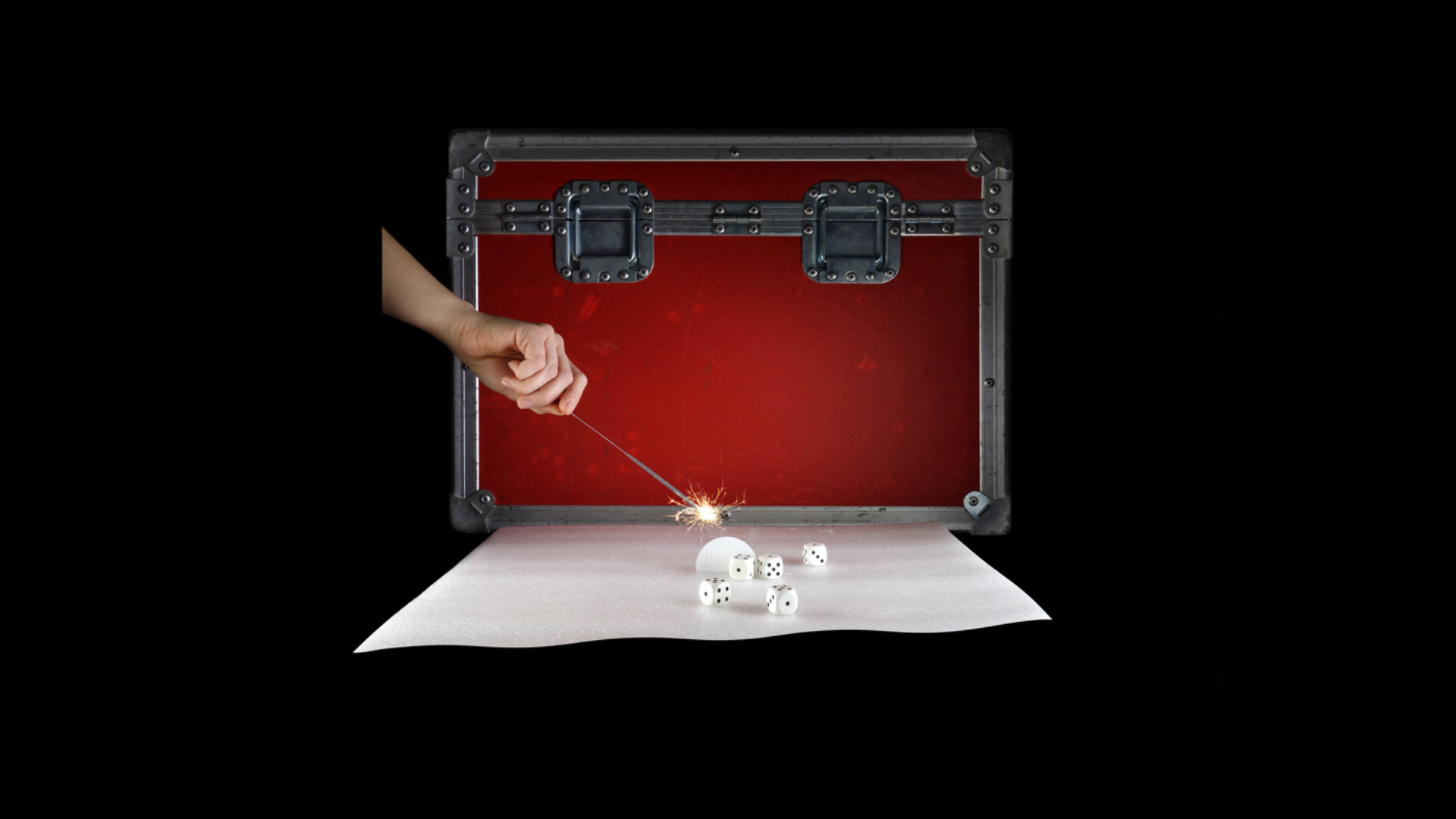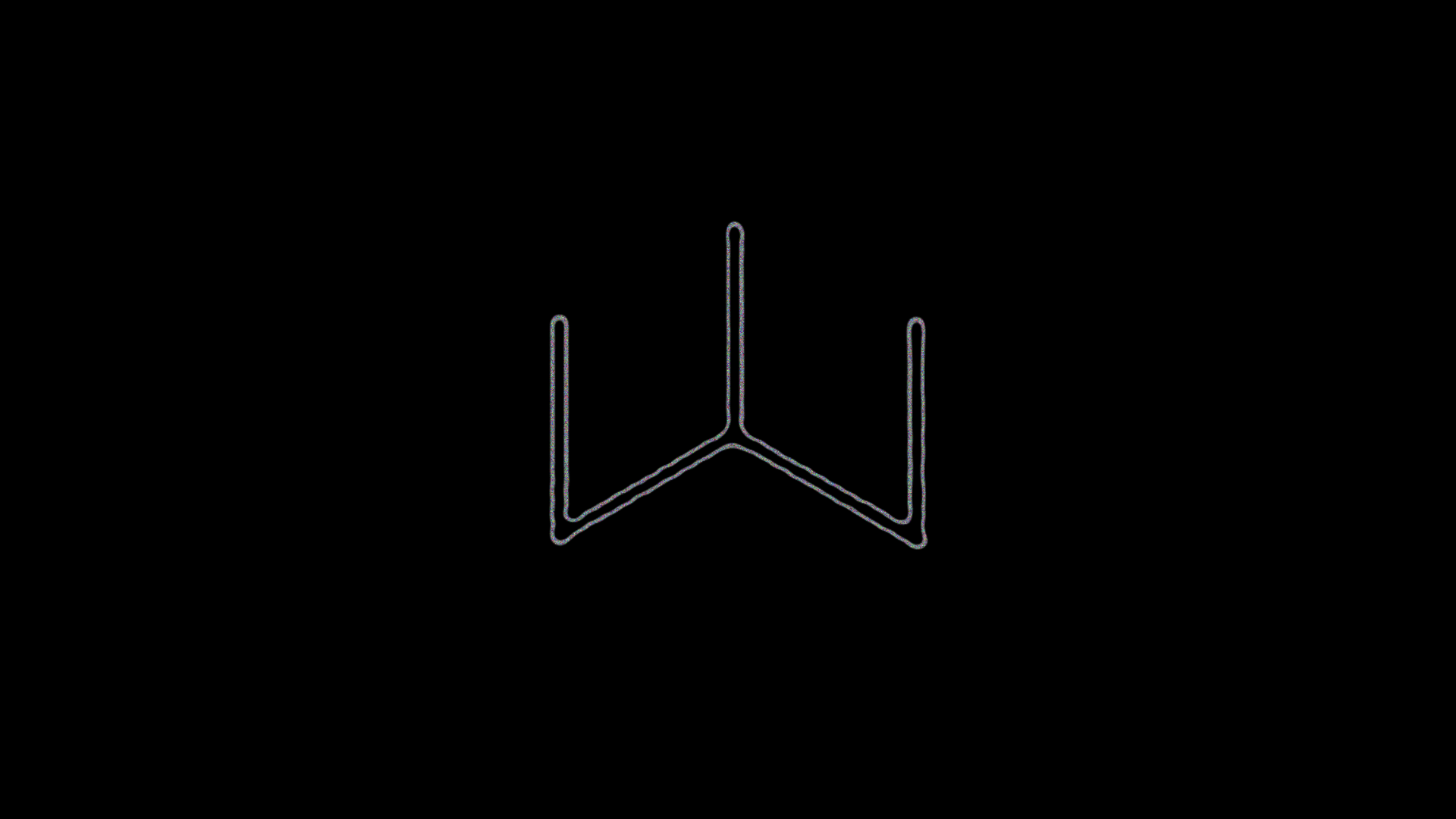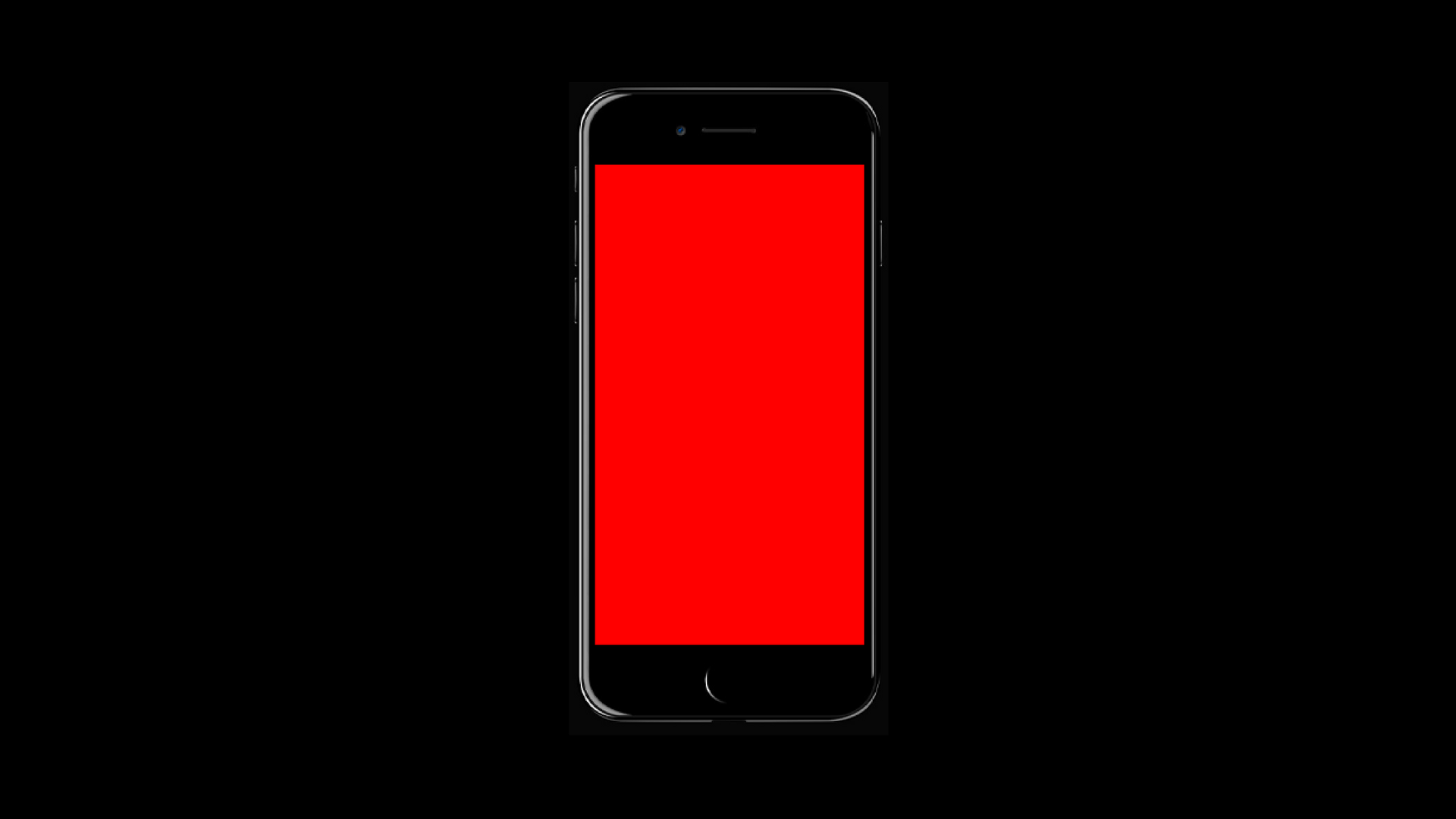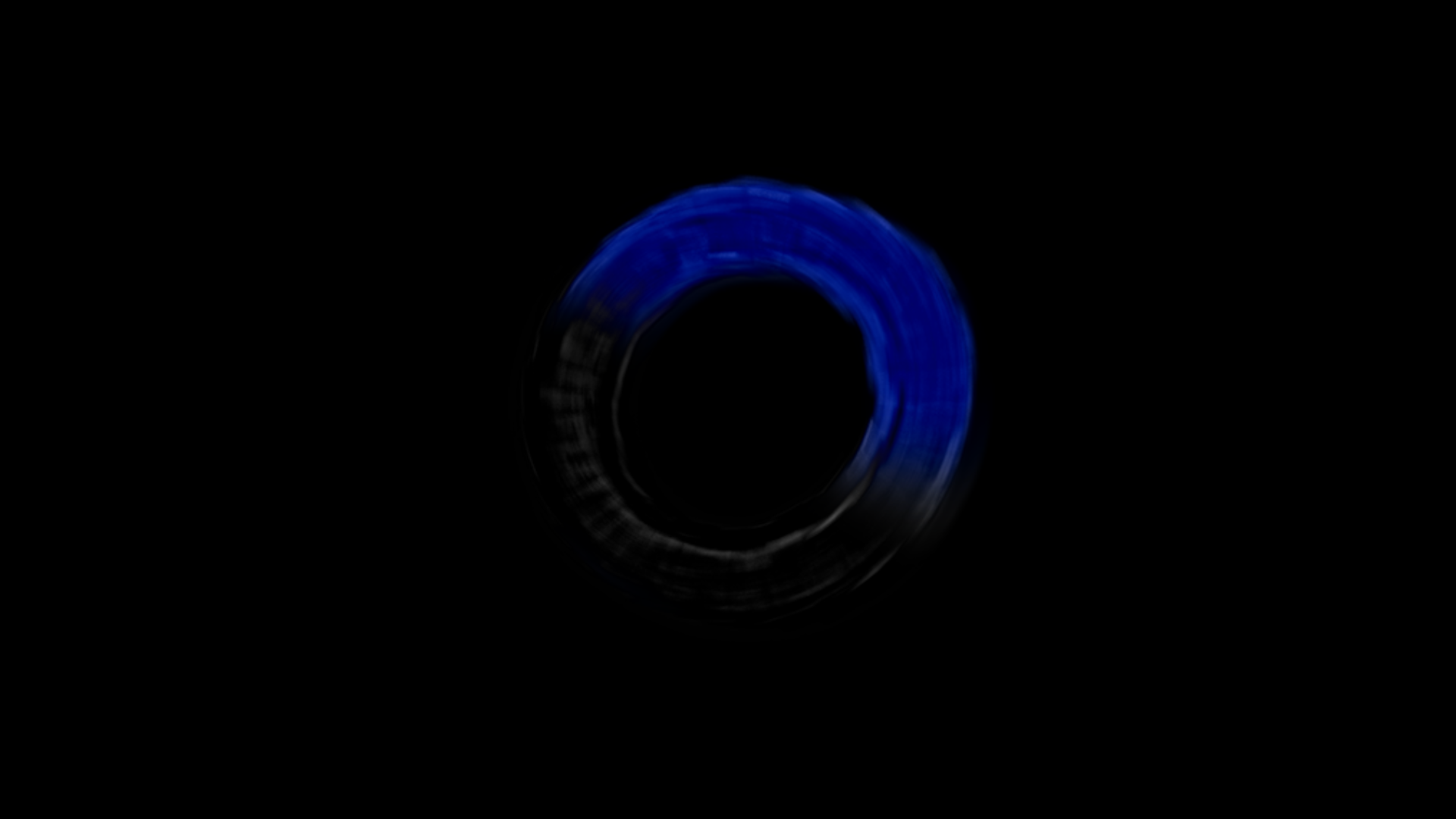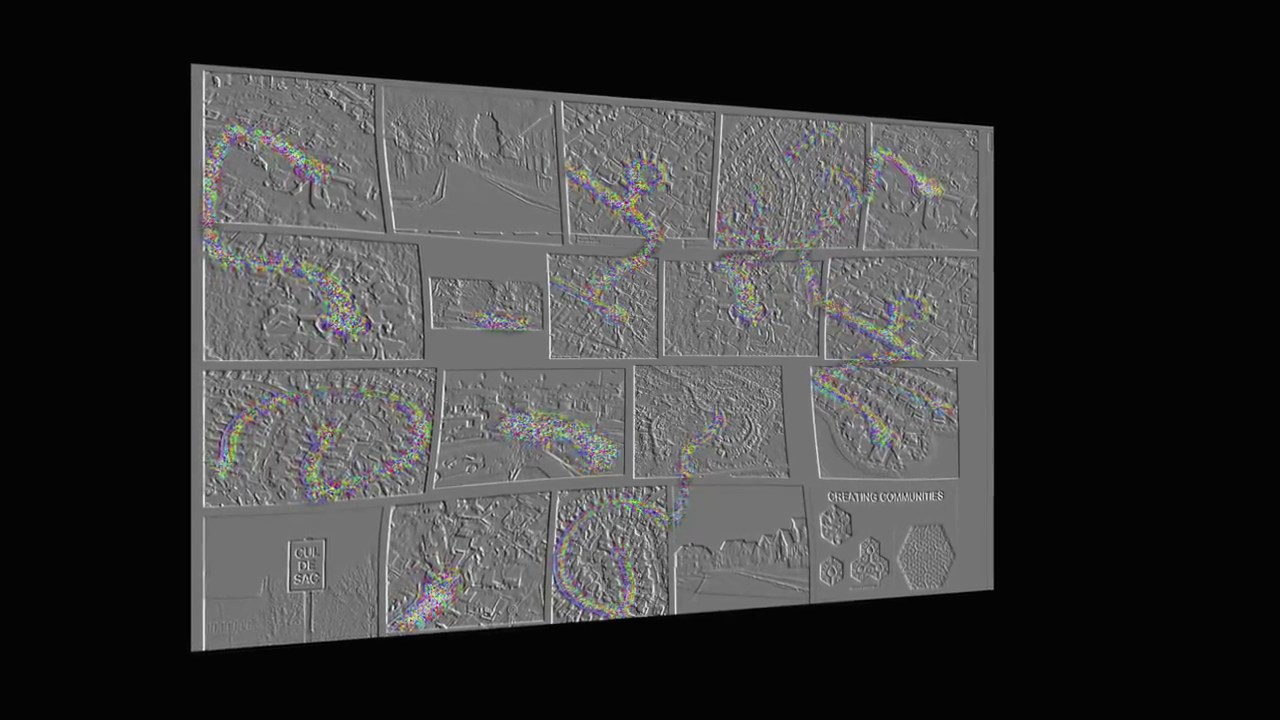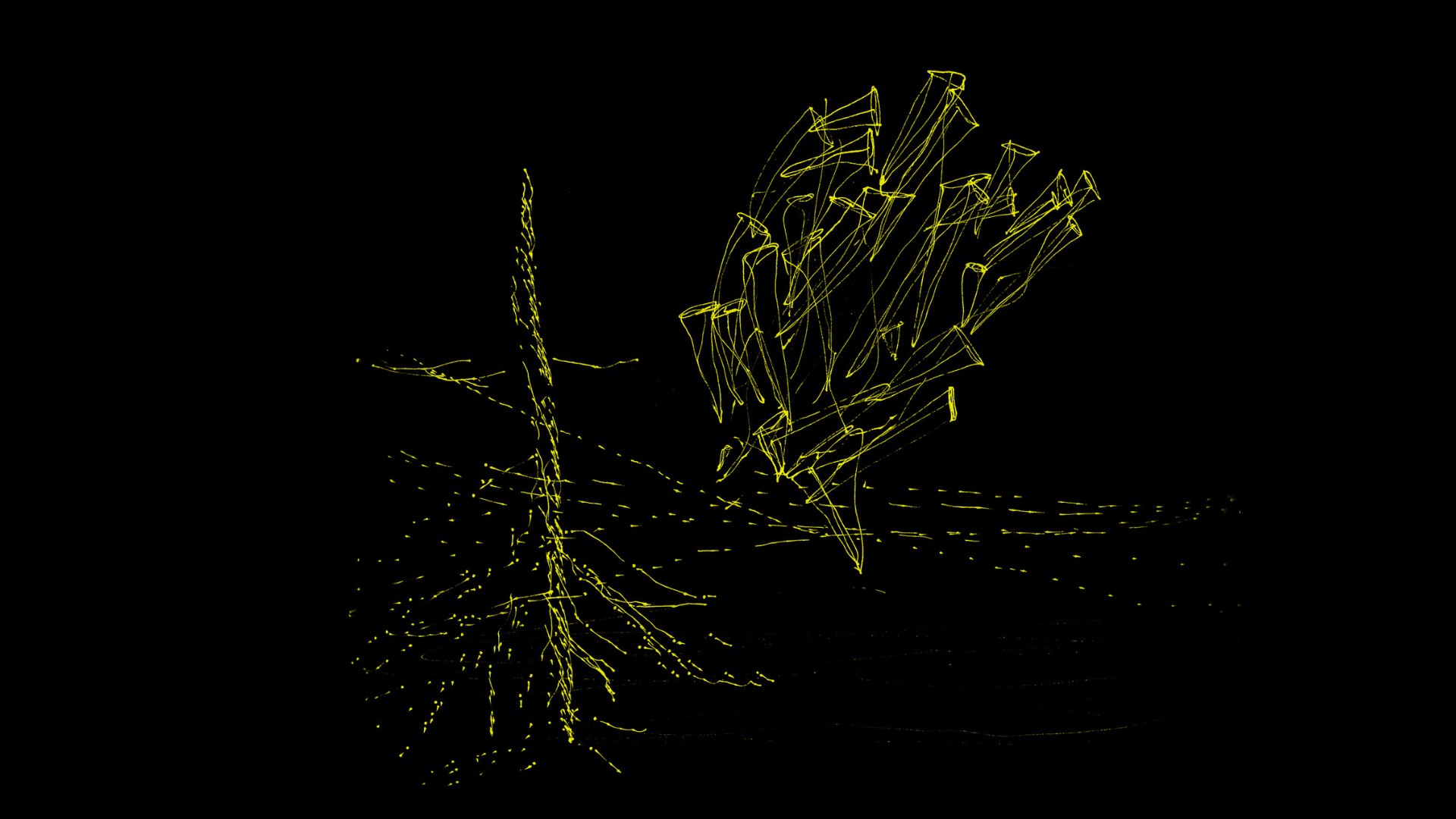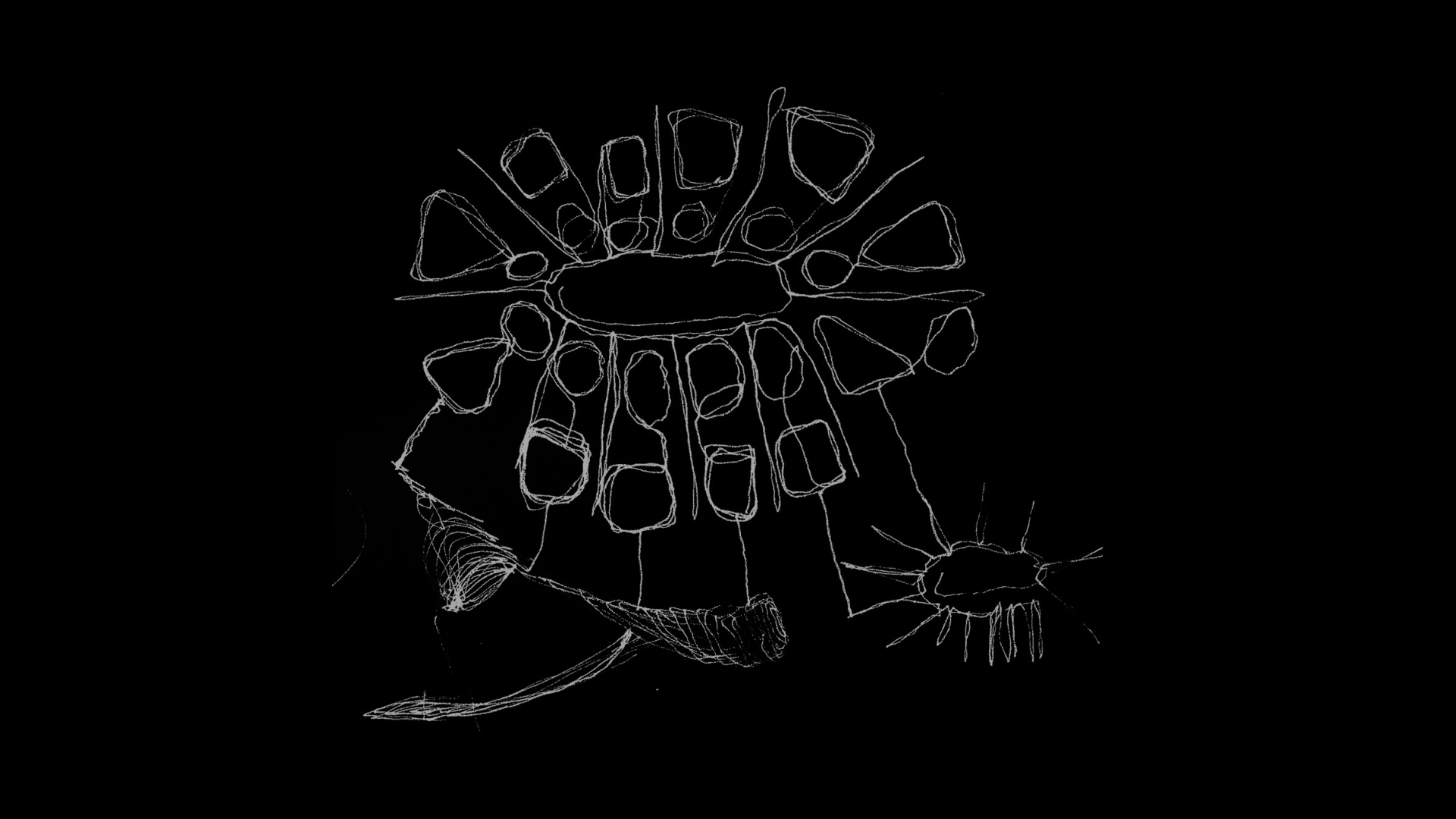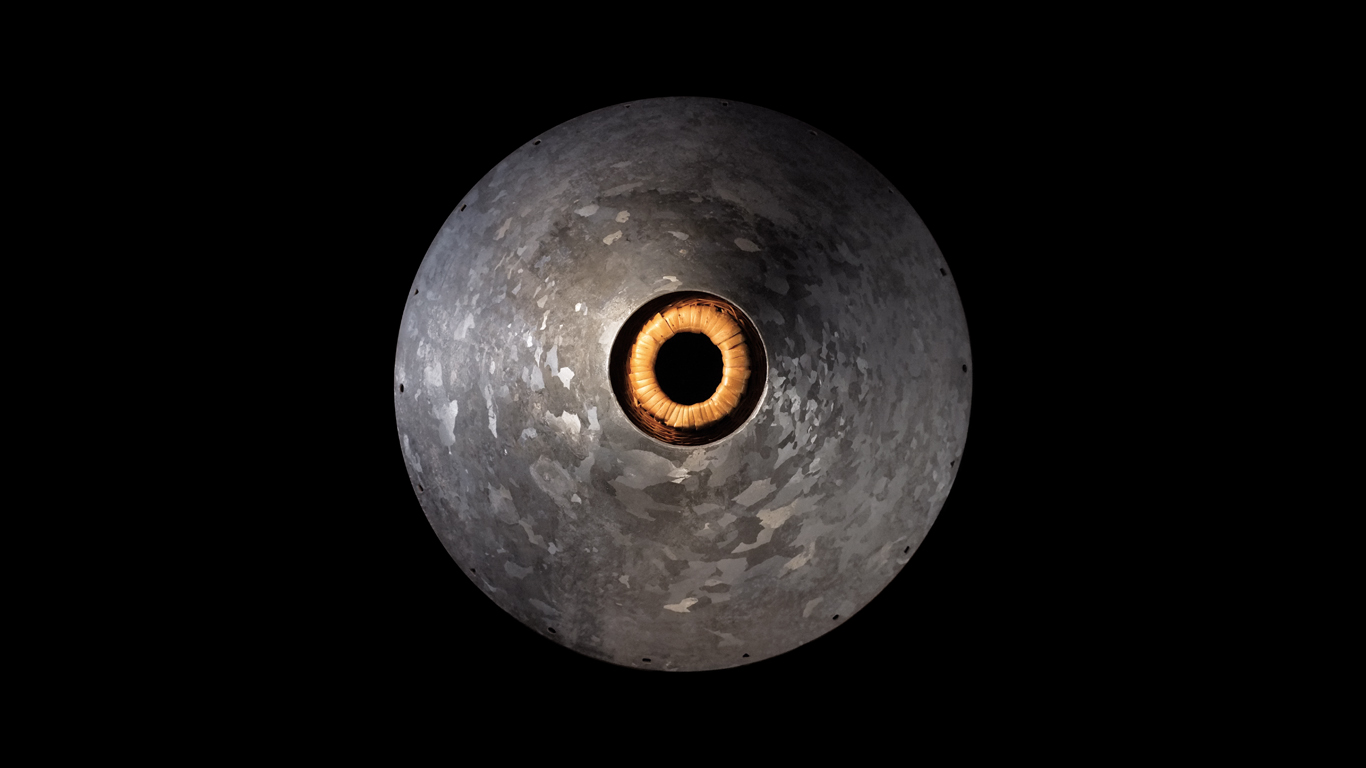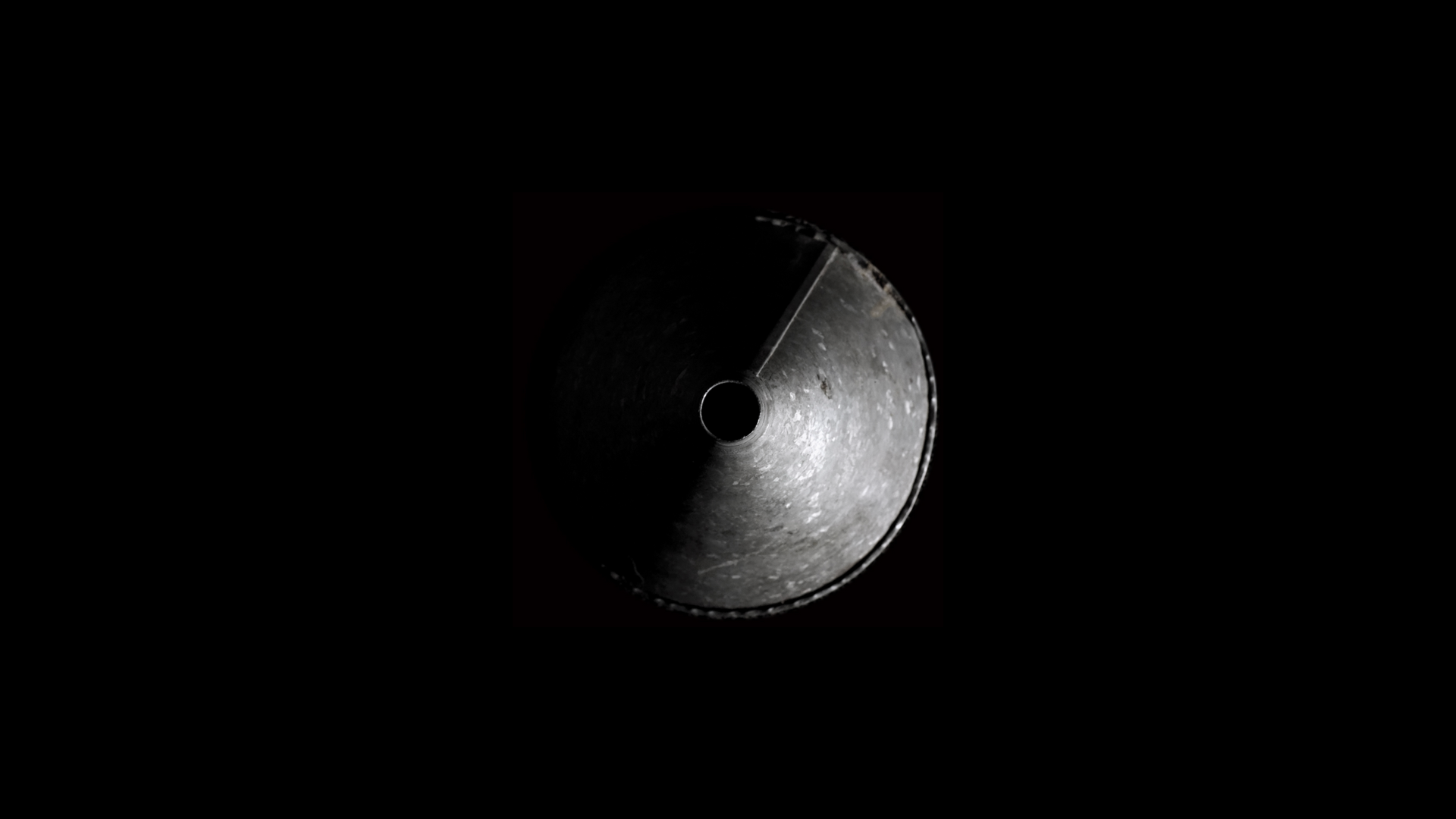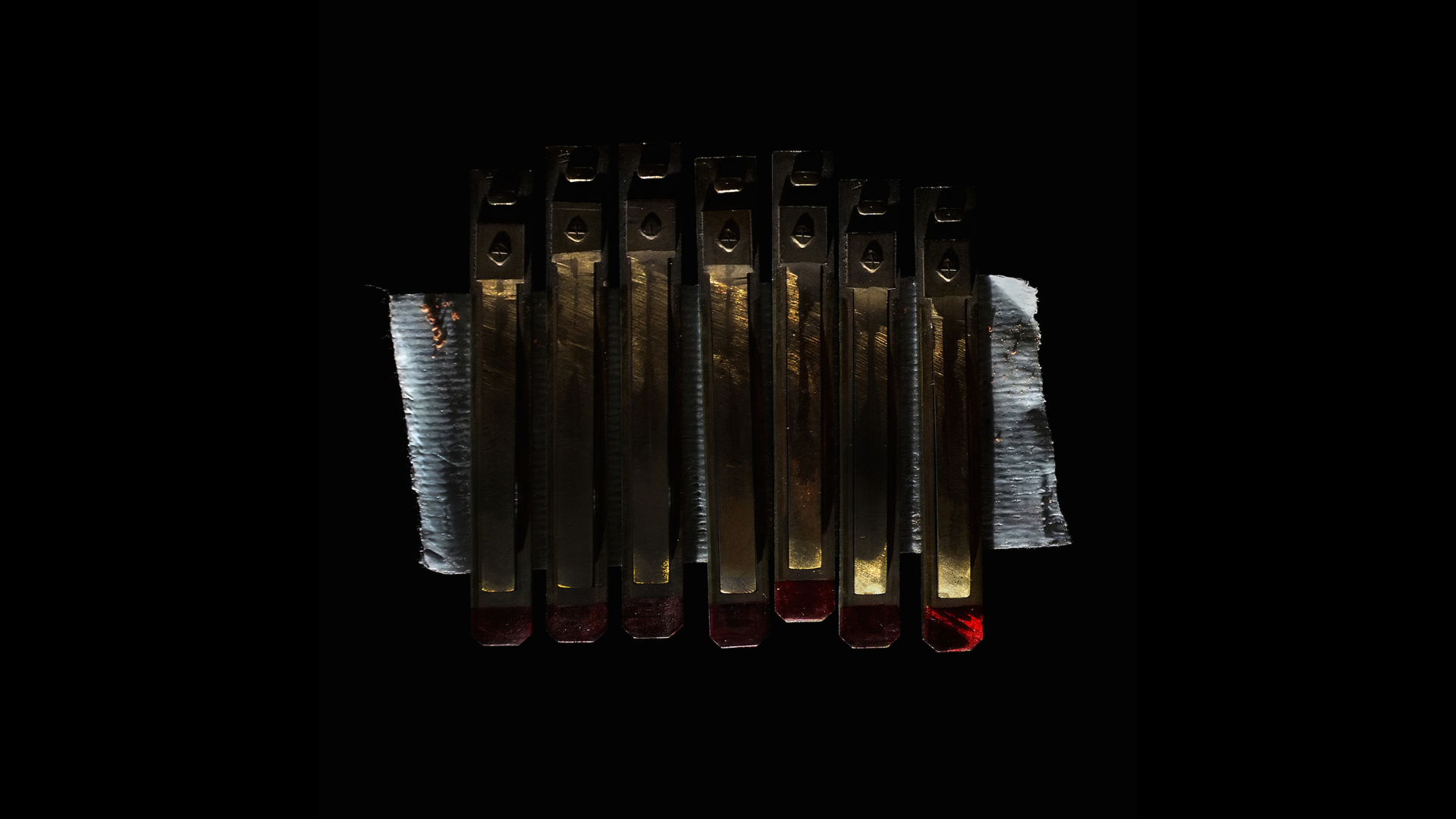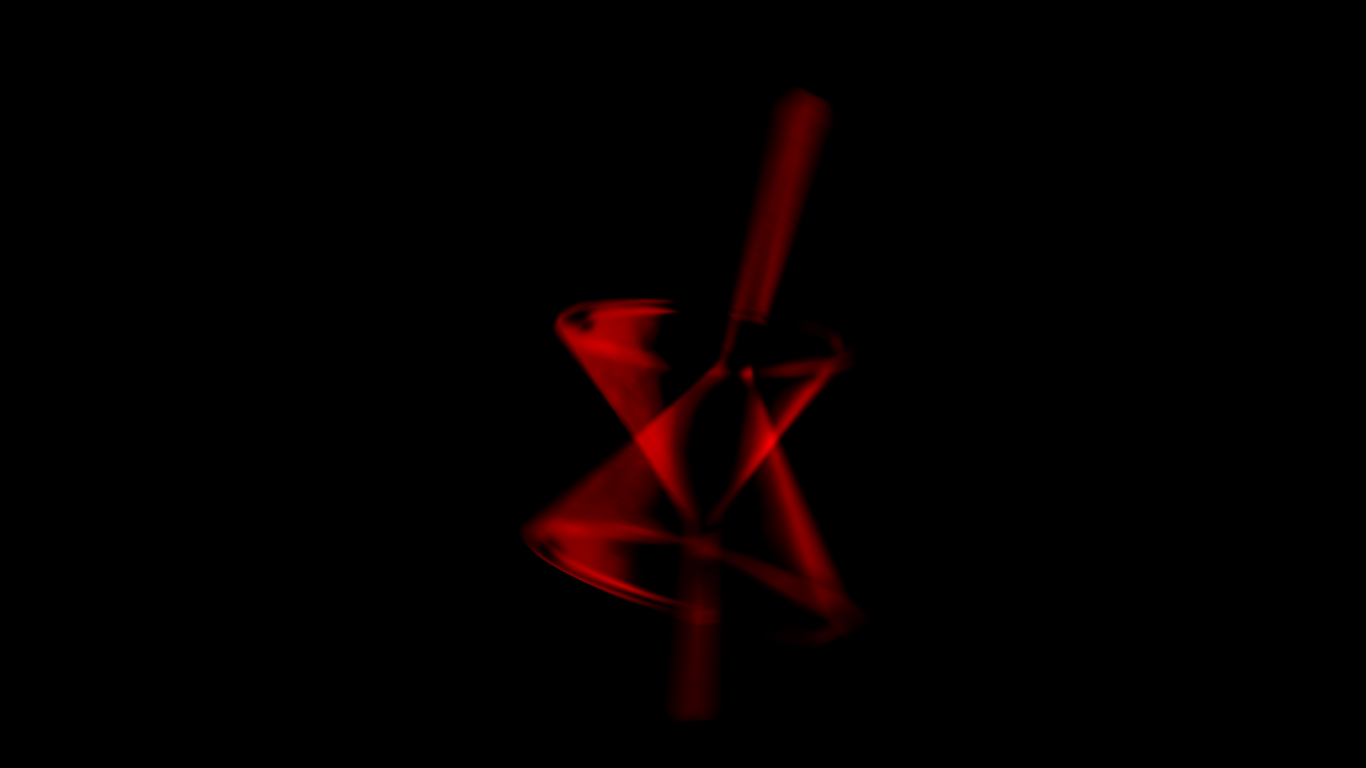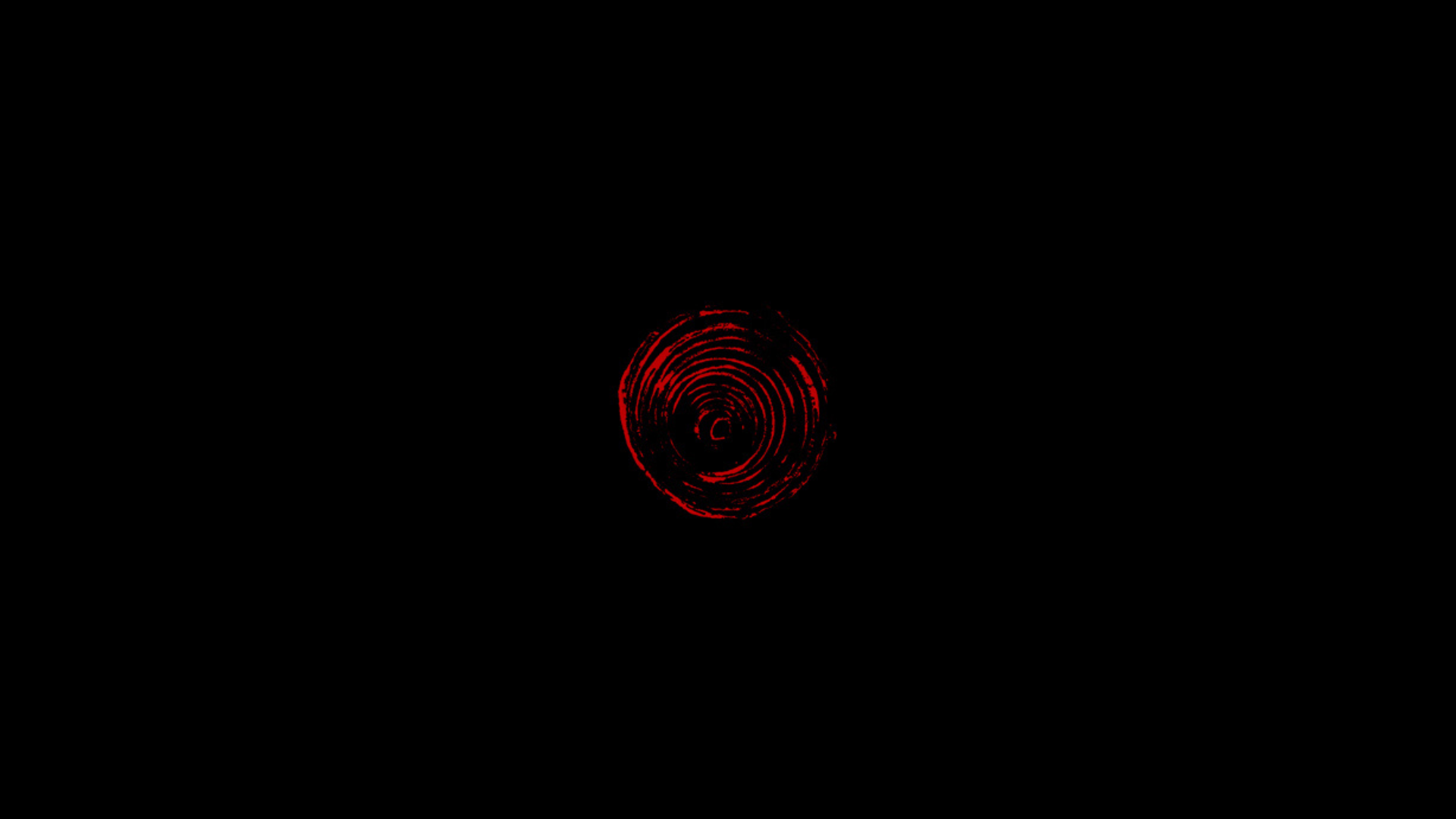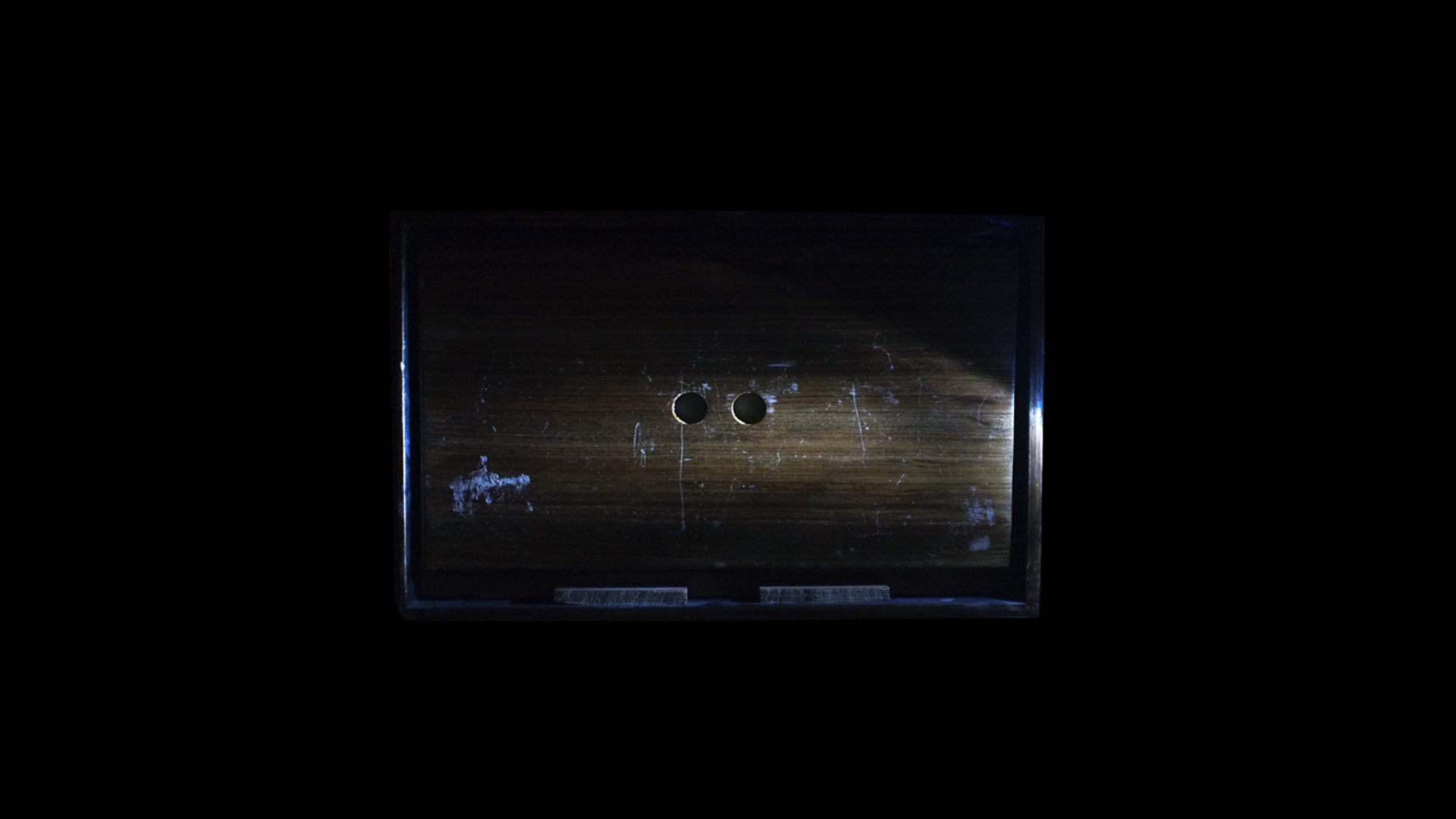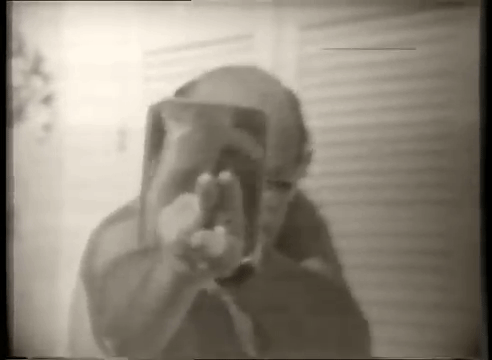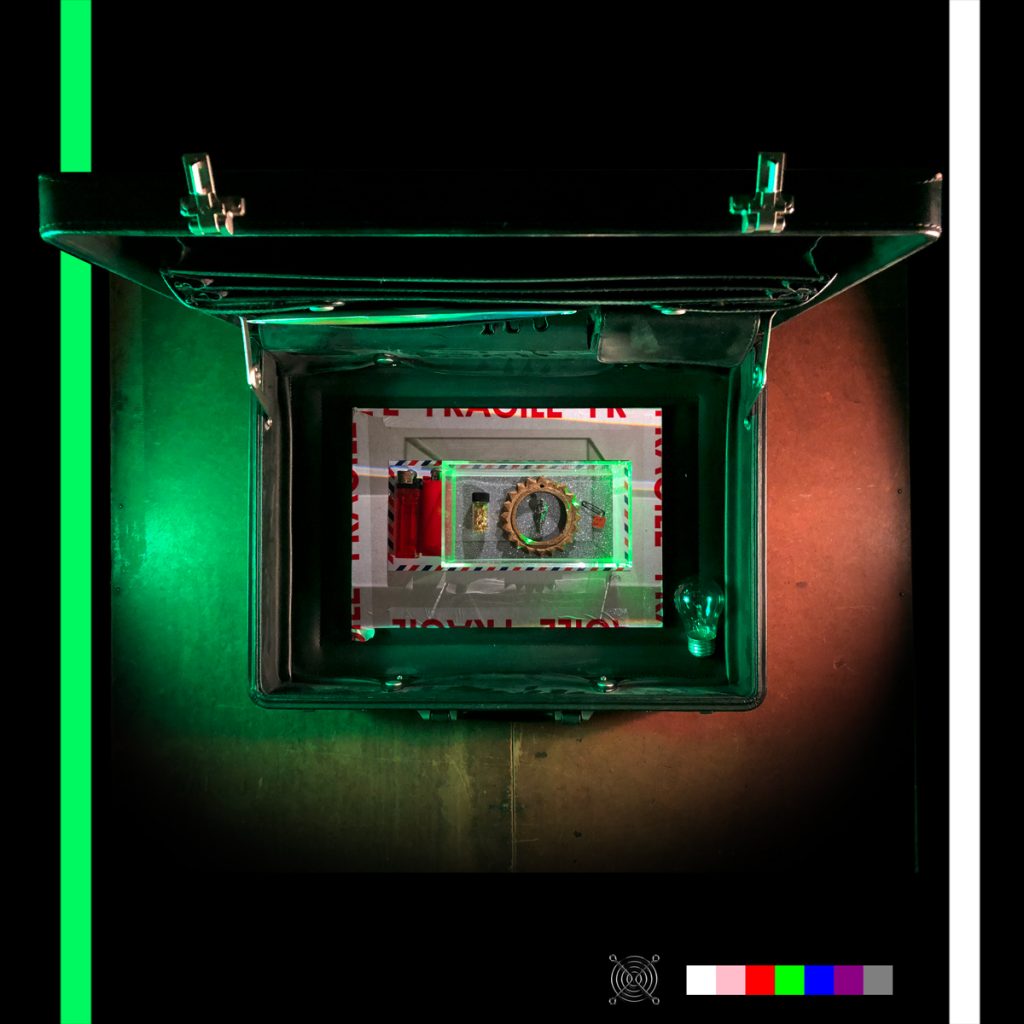
To live comes to mean to be part of absurd games. Every question in relation to the meaning of games becomes metaphysics in the pejorative sense. To want to know if this or that televised program is “live” or videotaped, or if the character on screen is a politician or an actor representing a politician, becomes an “empty” question. In face of every program, the question that emerges is not: “how real is it?” but “how does it function?” The question of reality and falsity becomes a question in relation to the produced effect. What interests us in programs is not the input but the output.
This is another form of insisting on the current inversion of the vectors of significance. The symbolic games of which we take part do not represent any universe of concrete experience, but on the contrary, this concrete experience represents games. We live our concrete experience in function of games. Games are our ontological ground and all future ontology is necessarily game theory. Everything is fiction, nothing is real. We are chess players who are aware that it is a game, but for whom to live means to play chess. Certainly: instead of elaborating new strategies or meta-chess games, we can overturn the board. But in such a situation we would not emancipate ourselves from the game: we would fall into the wholly insignificant, trans-ludic abyss that hides underneath the games. It is in order to avoid such a fall that we are Homines ludentes.
Vilém Flusser, Post-History
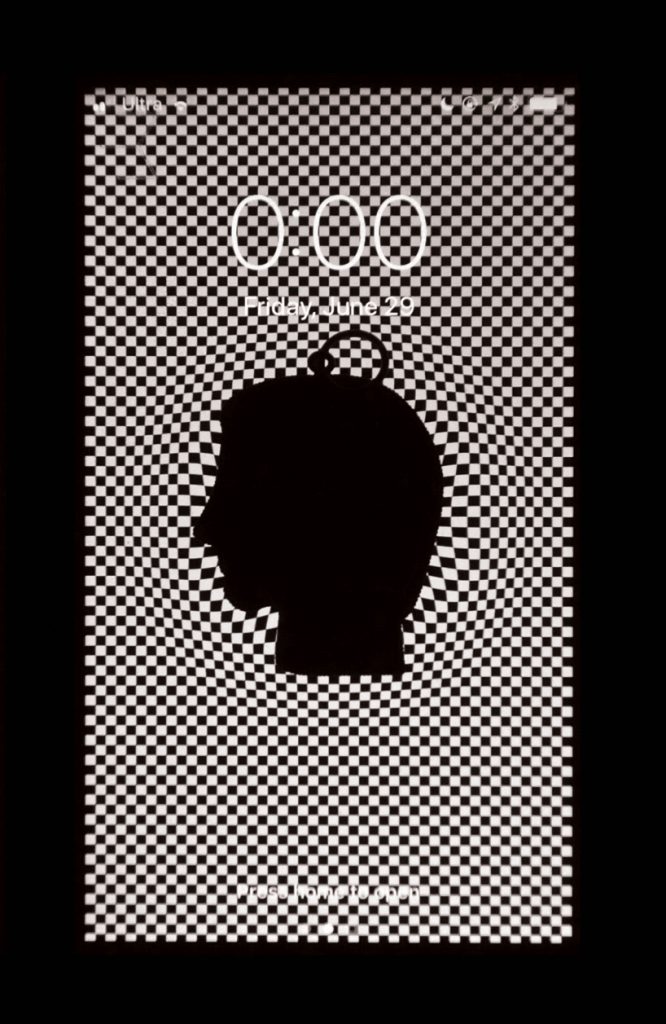
000 is an open encryption, a parenthesis, a temporalized void. It is a response to the work of media philosopher Vilém Flusser, expanding on his statement that in order to communicate concepts clearly and distinctly in a post-historical context, one is to use technical images rather than words. Flusser’s philosophy of photography proposes, that through experimental means that must “play against the camera,” it is possible to formulate openings for spaces of freedom from the dominion of automated cameras to which humans find themselves captive (and captivated by). For Flusser, this is the only form of revolution left for humans “to give significance to their lives in face of the chance necessity of death,” a call for photographic practice to be necessarily “raised to the level of consciousness” and freed from linearity.”
000 was designed between summer 2018 and spring 2019 in consideration of ilinx, sociologist Roger Caillois’ fourth category of play, which describes the disruption of the stability of perception. Originally conceived as a game for one or two pairs of players, together or apart, a board game of balancing acts and asymmetrical resonances, it continues to evolve into an ongoing series of objects, photographs, videos, writings, and sound compositions that address agreements and disagreements between analogy and representation… reflexive vacuity and opulent deception.
Only one pair of 000 boxes exist, as two combination locks to a single briefcase. Although presented with no specific instructions, its players are been invited to come into contact with its objects, images, and the video Accelerated Eidetic Seeing Rendering Through Seed Filling the Viewers Lattice, as well as to correspond with each other (optionally, via long distance), or to project their own imagination(s) and gestures towards or away from those of 000 if desired, etc. Elaboration and undoing.
A preliminary version of a box was shared in spring 2019, to which was written a Summation Recap, deeming it “a puzzle and not a game.” If 000 is not a game, then it may be a figuration of game gestures and components, including puzzles, especially in exploration of the space underneath them, Flusser’s dissuaded “trans-ludic abyss.”
The images of 000 hone in on illusions of flatness, while attempting to illustrate mediations of infinity and its proxies. Shot on an iPhone (a common prosthetic), the images accentuate point of view in nearsighted engagement to original and represented objects that elaborate a kind of visual-literary “techno-imagination.”
000 explores how superficial, flat images can function like a two-way mirror whose other side is uncertain, irreversible, yet pierced through, made transparent. Their viewing may be forgotten or resource for unknown reminders.
000 involves transactions, gifts, and exchanges. It is dedicated to Vilém Flusser (1920–1991), a homo ludens committed to playing in function of the Other “to rupture alienated symbolization and return to the concrete experience of our own death in the Other. To return, in sum, to being Human.”
The short homage Emptiness Transfer. Does Post-Historical Fiction Time Travel? is part of Flusser Studies 29 – Centennial Three Part Issue.
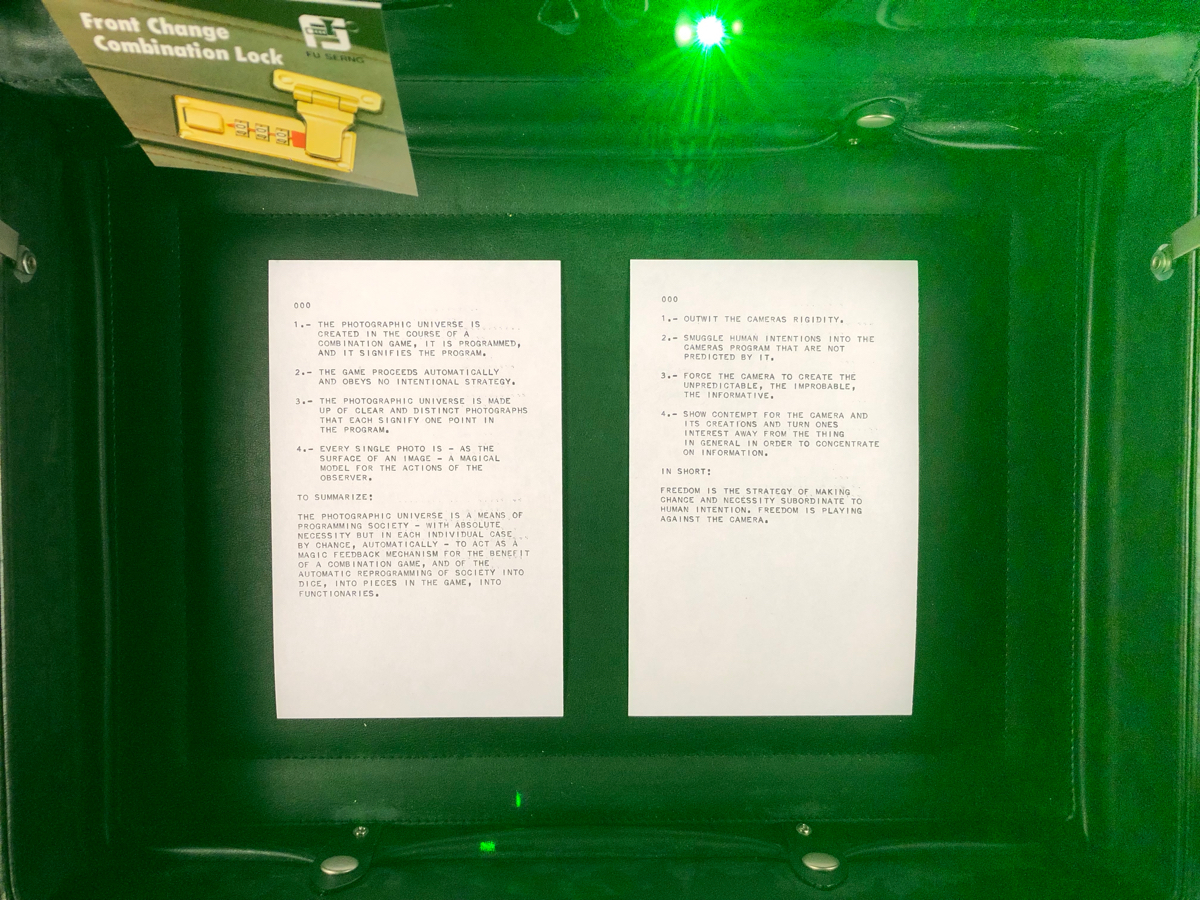
Grasping and changing the world through images is a magical action. If one wants to go back to the situation without the mediation of images, one must free the action from its magical character, then tear the representations out of the magical context on the surface of the image and order them in another way.
Vilém Flusser, Budapest lecture 1990
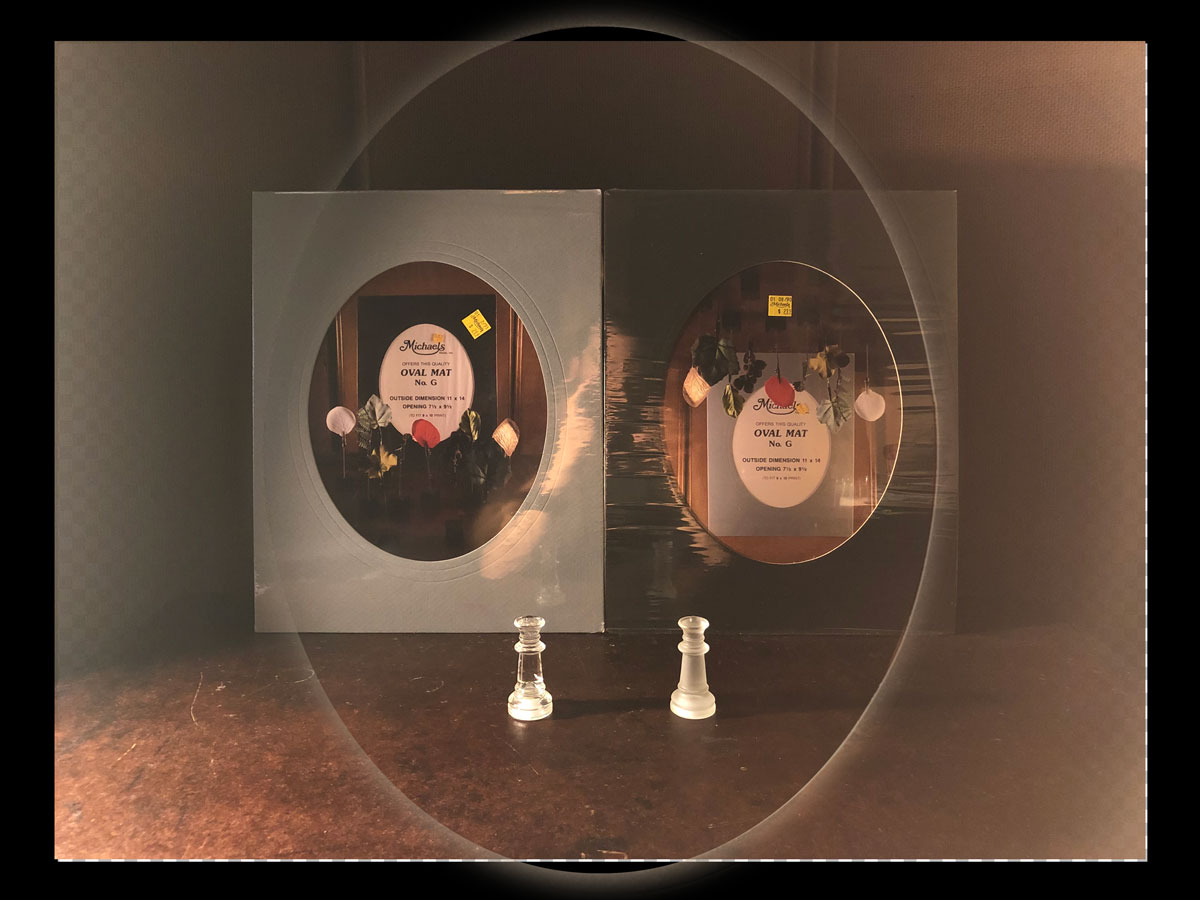
[The Universe of Technical Images] is a “dream world in which the dreamers seem exceptionally alert, however, for to press the buttons that produce pictures, the dreamer needs to calculate and compute clear and distinct concepts. It is a dreamworld, then, that does not lie below waking consciousness but above it, conscious and consciously constructed, a hyperconscious dream world. It will therefore be pointless to try to interpret dreams: they will mean nothing beyond themselves, and they will be tangible–a world of pure art, of play for its own sake. Ludis imaginis (play of the image) as ludis tonalis (play of sound) and the emerging consciousness of the power to imagine as that of homo ludens (man the playful.)
Vilem Flusser, Into The Universe of Technical Images
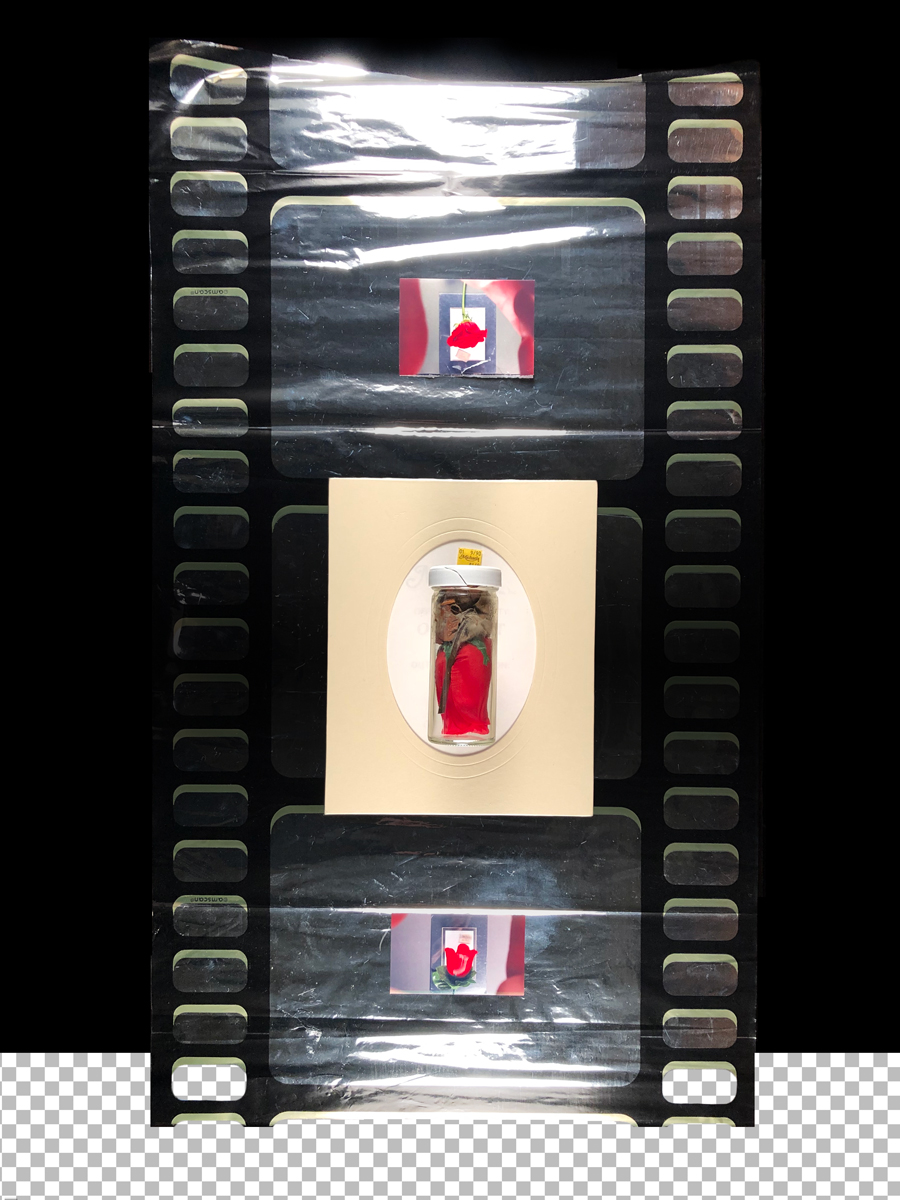
Because of the opening that we know we are, and that we experience as an opening towards nothingness, we are capable of perceiving other openings in which we recognize our own opening. Vacuities that absorb our “intentionalities” and which project their own “intentionalities” into our opening. Thanks to this opening of ours, we are capable in recognizing in others, better than previous generations, our own absurd loneliness towards death. Certainly not of recognizing others as “people,” but of recognizing our own vacuity in others. If this casual and precious encounter is established, we are taken over by a “sui generis” inebriation: we recognize our own death in the Other. This inebriation is close to the one provided by the drug called “art.”
Vilém Flusser, Post-History



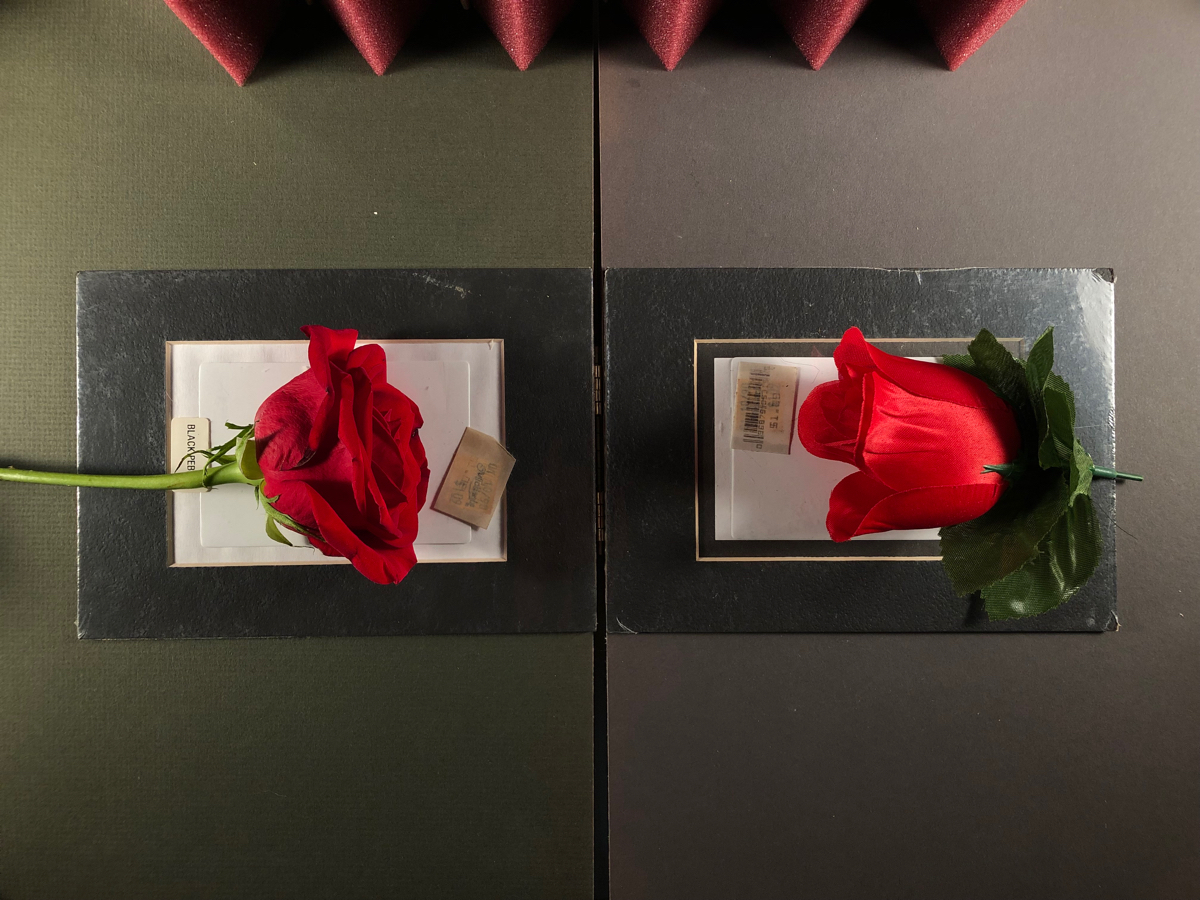
Roseness: layers of flatness arranged and superimposed creating a kind of depth around an emptiness.

